 Window air conditioners rarely get moldy. When you find a window air conditioner has mold growing inside of it, it is almost always exclusively because of standing contaminated water.
Window air conditioners rarely get moldy. When you find a window air conditioner has mold growing inside of it, it is almost always exclusively because of standing contaminated water.
What kind of mold grows in the window air conditioners?
The 4 most common mold types found in window air conditioners are:
- Fusarium
- Acremonium
- Alternaria
- Mucor

1. Fusarium
Fusarium thrives in wet conditions and is most prevalent in summer months. This mold type can grow in stagnant water, such as that found in humidifier catch pans or air conditioner drip trays. It’s known for its ability to spread quickly.
Health effects: Exposure to Fusarium can cause a variety of health issues, particularly in individuals with weak immune systems. It can lead to skin infections and can aggravate asthma or allergic reactions.
Prevention: Regular cleaning of air conditioners and maintaining dry conditions can help prevent Fusarium growth.
2. Acremonium
Acremonium typically appears in moist environments. It is often found in household systems such as humidifiers, cooling coils, and window sealants, apart from hay and water-damaged building materials.
Health effects: Acremonium is potentially toxic and can cause immune system and bone marrow diseases. Long-term exposure may lead to more severe health risks.
Relationship with Stachybotrys Chartarum: This mold often coexists with Stachybotrys Chartarum, commonly known as black mold, which requires prolonged wet conditions and is linked to ‘sick building syndrome.’
3. Alternaria
Alternaria is a common mold in buildings and grows in areas with water damage or excessive humidity. It’s often found in showers, bathtubs, and below leaking sinks, in addition to air conditioning systems.
Health effects: Exposure to Alternaria can cause allergic reactions and asthma-like symptoms. It is typically of the big players with people that have mold allergies. .
Appearance: It usually appears as velvety texture with dark green or brown hairs.
4. Mucor
Mucor is often found in thick patches near condensation-heavy areas like windowsills of air conditioners. It can grow rapidly in indoor environments with high humidity.
Health effects: Mucor can cause allergies and respiratory problems. In severe cases, it can lead to mucormycosis, a rare but serious fungal infection.
Prevention: Good ventilation and reducing indoor humidity can help in preventing the growth of Mucor in air conditioning systems.
Comparison of Mold Types Found in Air Conditioners
| Mold Type | Color | Texture | Favored Conditions | Health Risks | Ease of Removal |
|---|---|---|---|---|---|
| Fusarium | Varies | Woolly | Wet, stagnant water | Skin infections, allergic reactions | Moderate |
| Acremonium | White to grey | Powdery | Very wet environments | Toxic, immune system diseases | Difficult |
| Alternaria | Dark grey to black | Velvety | Water damaged areas | Allergic reactions, asthma | Moderate |
| Mucor | White or greyish | Cottony | High humidity areas | Allergies, respiratory problems | Easy |
Each type of mold listed needs a steady supply of moisture in order to cultivate.
And also each of these types of molds can be found in drip pans or humidifier pans where there is standing water.
Finding the moisture supply and eliminating it is the way to get rid of any type of household mold.
 Why do window air conditioners get mold?
Why do window air conditioners get mold?
1. They have standing water inside the housing.
Standing water means contaminated water. A dark area with standing contaminated water are the perfect recipe for mold production.
Condensation from the air conditioner is meant a drip out of the air conditioner through a drainage hole that is centered in the bottom of the rear side(the part of the Air Conditioner sitting on the outside of the window) of the AC. On some older units the drainage hole is towards the back end.
How to Prevent Mold Growth in Your Window Air Conditioner
As mentioned earlier, mold requires moisture and a food source to grow. This can include debris from trees or even old paint that has chipped off the house and entered the back of the air conditioner.
1. Keep the Drainage Hole Clear
Ensure that the drainage hole is unobstructed so condensation from the air conditioner can easily run out. A clogged drainage can lead to moisture buildup, fostering mold growth.
2. Clear Surrounding Area
Maintain a clean area around the air conditioner. This helps prevent debris from trees or other sources from entering the rear of the unit.
3. Dry the AC Filter
Avoid reinstalling a wet AC filter. If you need to wash it, allow it to dry completely before placing it back in the unit. A damp filter can be a breeding ground for mold.
4. Proper Storage
When storing your air conditioner during the off-season, cover it completely with plastic. This prevents debris accumulation inside the unit, reducing the risk of mold growth.
Regular cleaning and maintenance of your window air conditioner are key to preventing mold. For instance, you can use a garden hose to spray the back of the unit, focusing on the drainage hole to clear any blockages and remove debris.
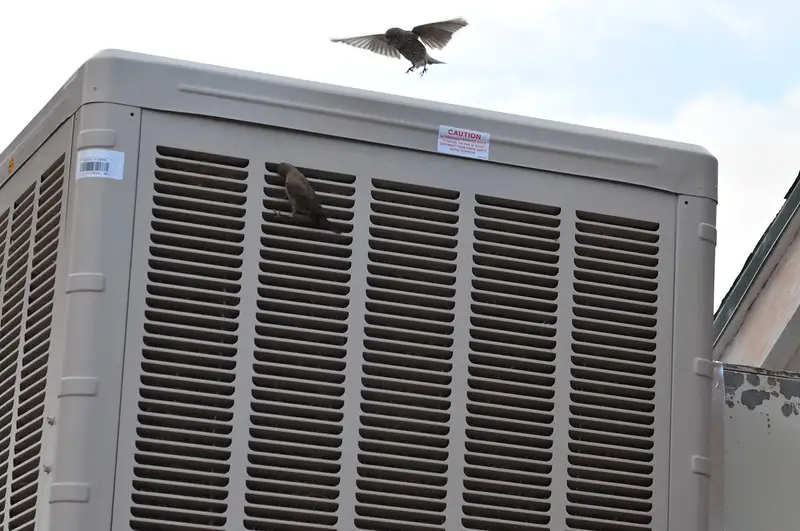
Swamp coolers with mold
Evaporative coolers or swamp coolers also have some of the same problems with mold production.
The only thing is that they require water to be circulating inside the machine to be able to blow cool air inside of the window.
A couple of reasons why your swamp cooler may be getting mold is:
1. Allowing the water to stand inside the housing when the unit is not in use.
The water supply continues to drip when it is turned off thereby supplying water to the swamp cooler that it’s turned off.
The main point in keeping mold from getting into the swamp cooler is to keep everything inside the cooler clean.
When you’re not using it, do not allow any standing water inside of the unit and make sure that the pads are dry. Make sure the water is turned off well and is not allowing for any drippage into the pads.
Storing the swamp cooler or getting it ready for winter is an important part of using an evaporative cooler and keeping it free of mold.
The machine must be completely drained and allowed to dry as well as the pads.
Completely disconnect the water ,and use a rain and snow proof cover to completely surround the unit so it stays dry.
Also don’t forget to put the drain plug back in, vermin love to find a swamp cooler that hasn’t been put away properly to make their bed in. The drain plug is just the right size for mice and rats to make a front door.
Summary.
Window air conditioners do not typically get mold because they are built to expel mold, but in some cases usually due to condensation not being able to exit the machine properly they can get a variety of molds including Fusarium, Acremonium, Alternaria, and Muscor.
Usually the answer is to figure out why the condensation water is gathering in the air conditioner and eliminate the drainage hole blockage. Keeping the air conditioner clean is the best advice for preventing mold from growing inside your unit.

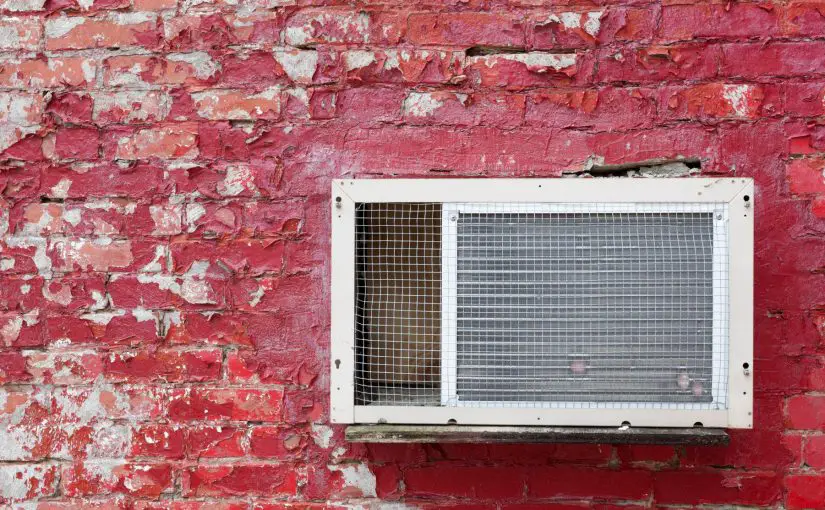
 Why do window air conditioners get mold?
Why do window air conditioners get mold?
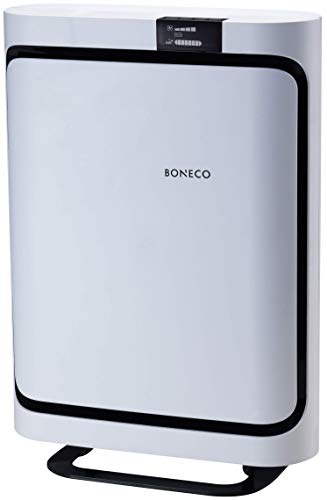 Overview of the Boneco P500 Air Purifier:
Overview of the Boneco P500 Air Purifier:



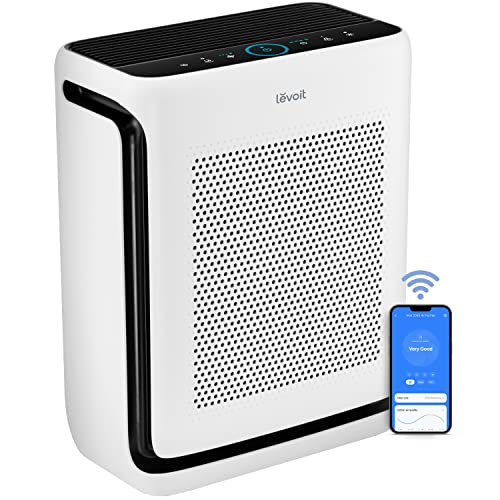
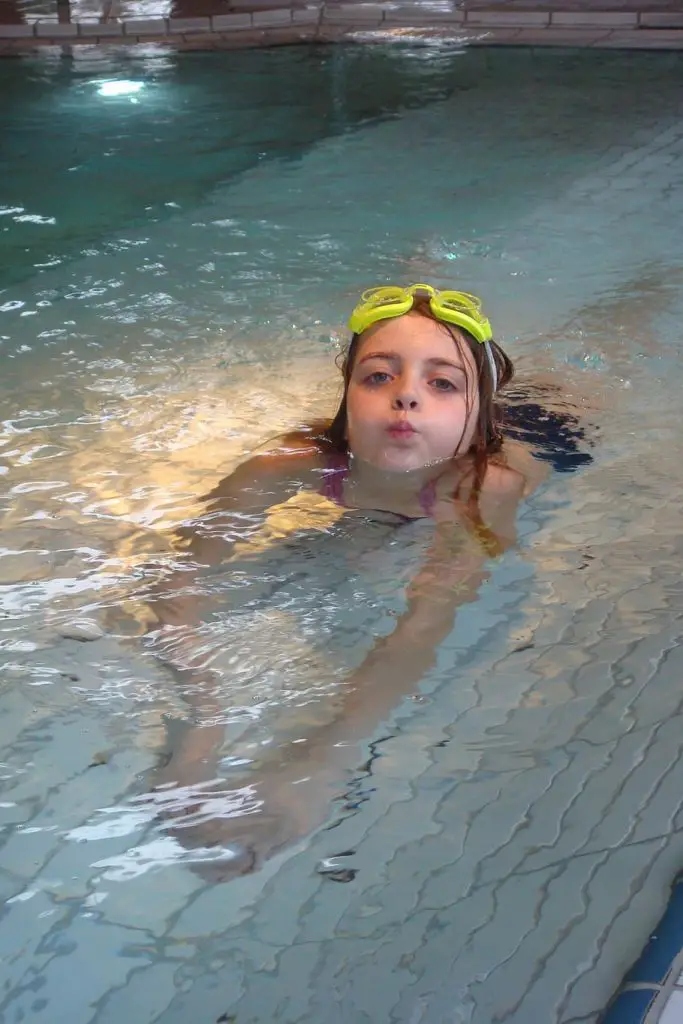


 6. Air purifier smells like burning.
6. Air purifier smells like burning.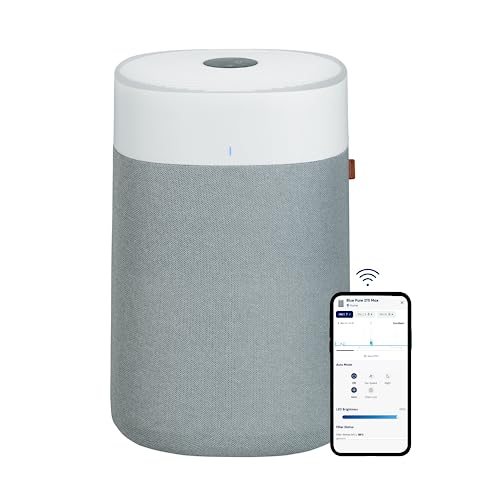
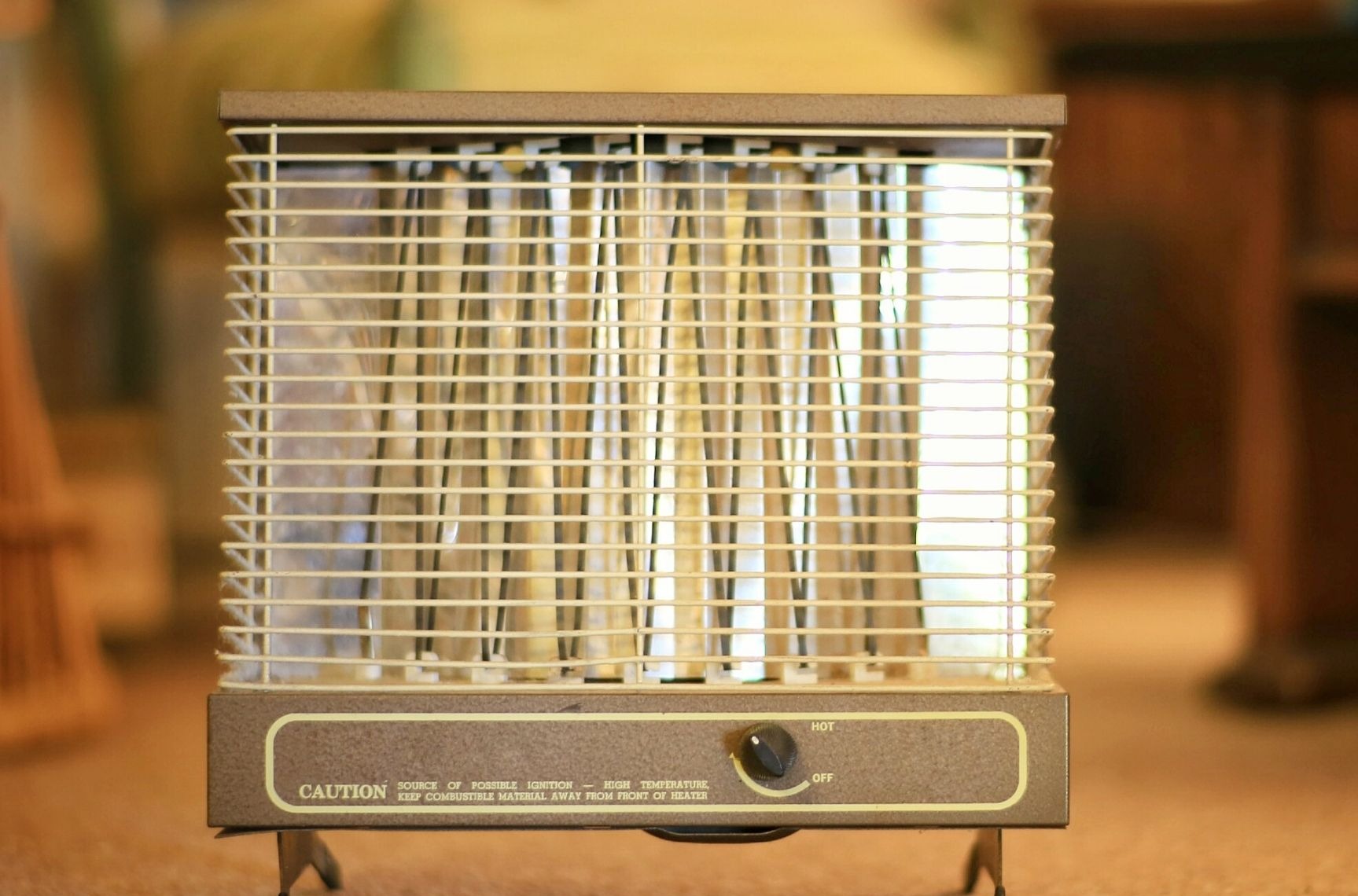




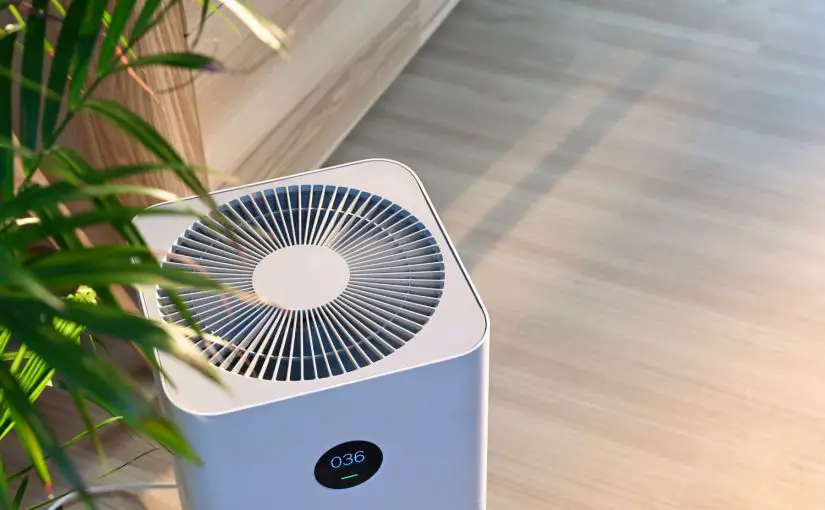
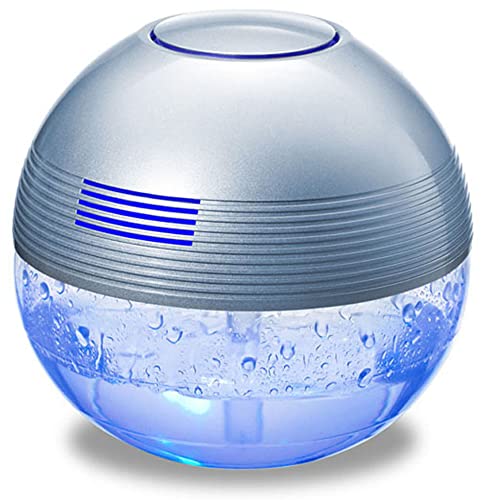
 These types of water air cleaners are a great idea as long as you understand that they are a jack-of-all-trades type of unit that will marginally work as a air purifier, humidifier, and diffuser but are not designed to do any of these things especially the best.
These types of water air cleaners are a great idea as long as you understand that they are a jack-of-all-trades type of unit that will marginally work as a air purifier, humidifier, and diffuser but are not designed to do any of these things especially the best.
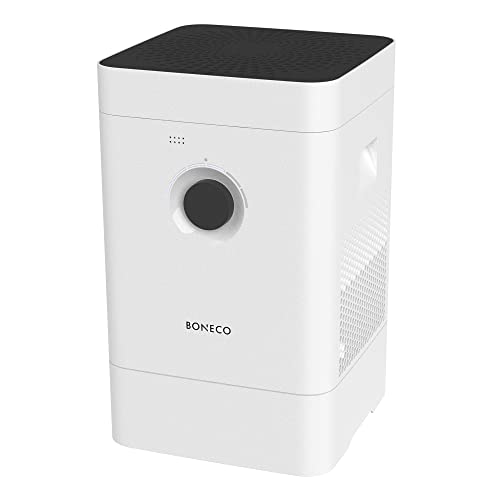
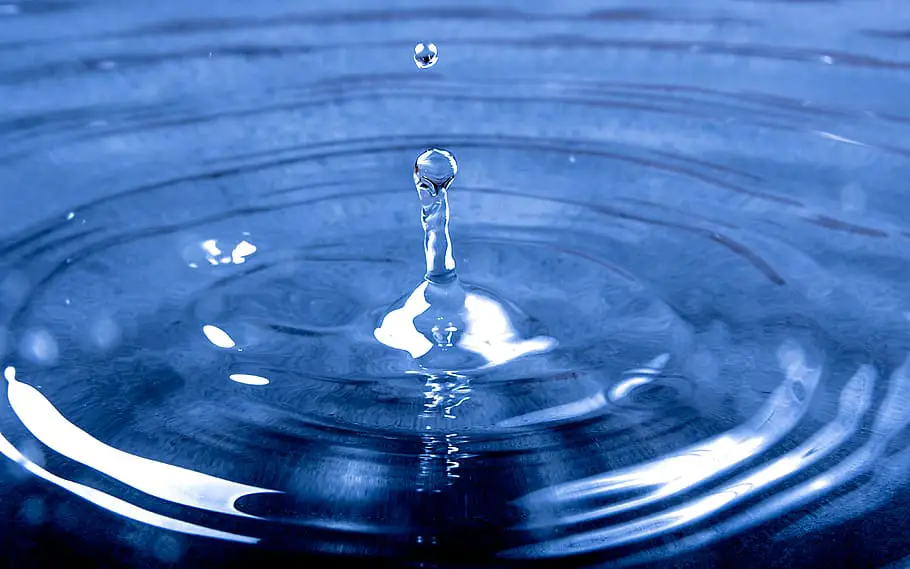
 Adding Aromatherapy with Essential Oils
Adding Aromatherapy with Essential Oils

 Ultraviolet light
Ultraviolet light

 PCO induct purifiers
PCO induct purifiers Summary.
Summary.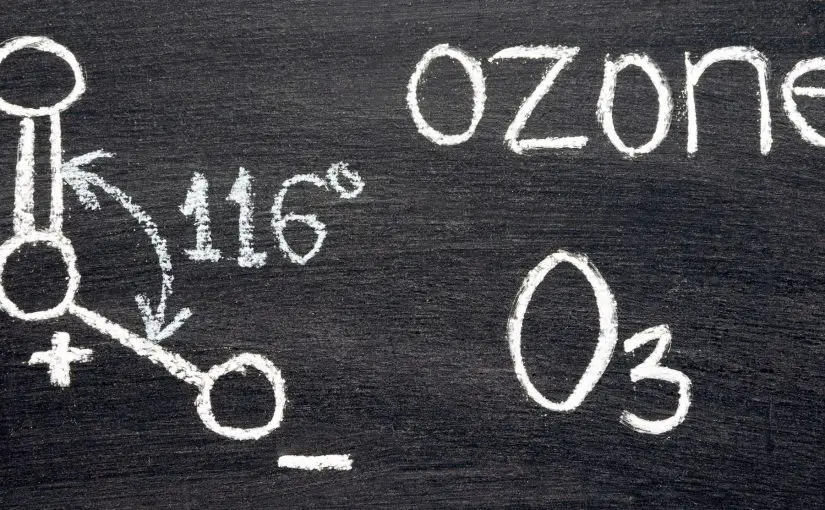
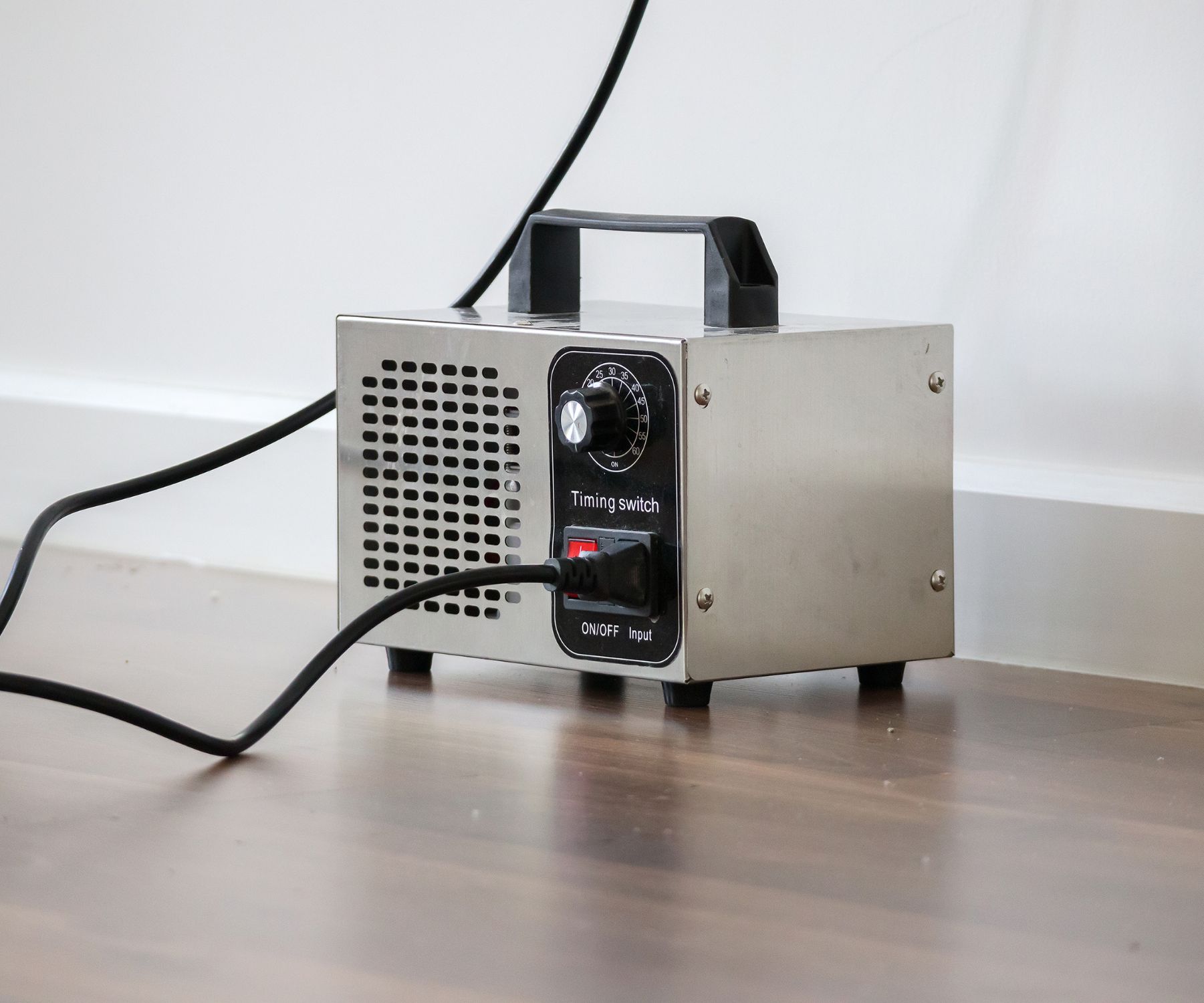
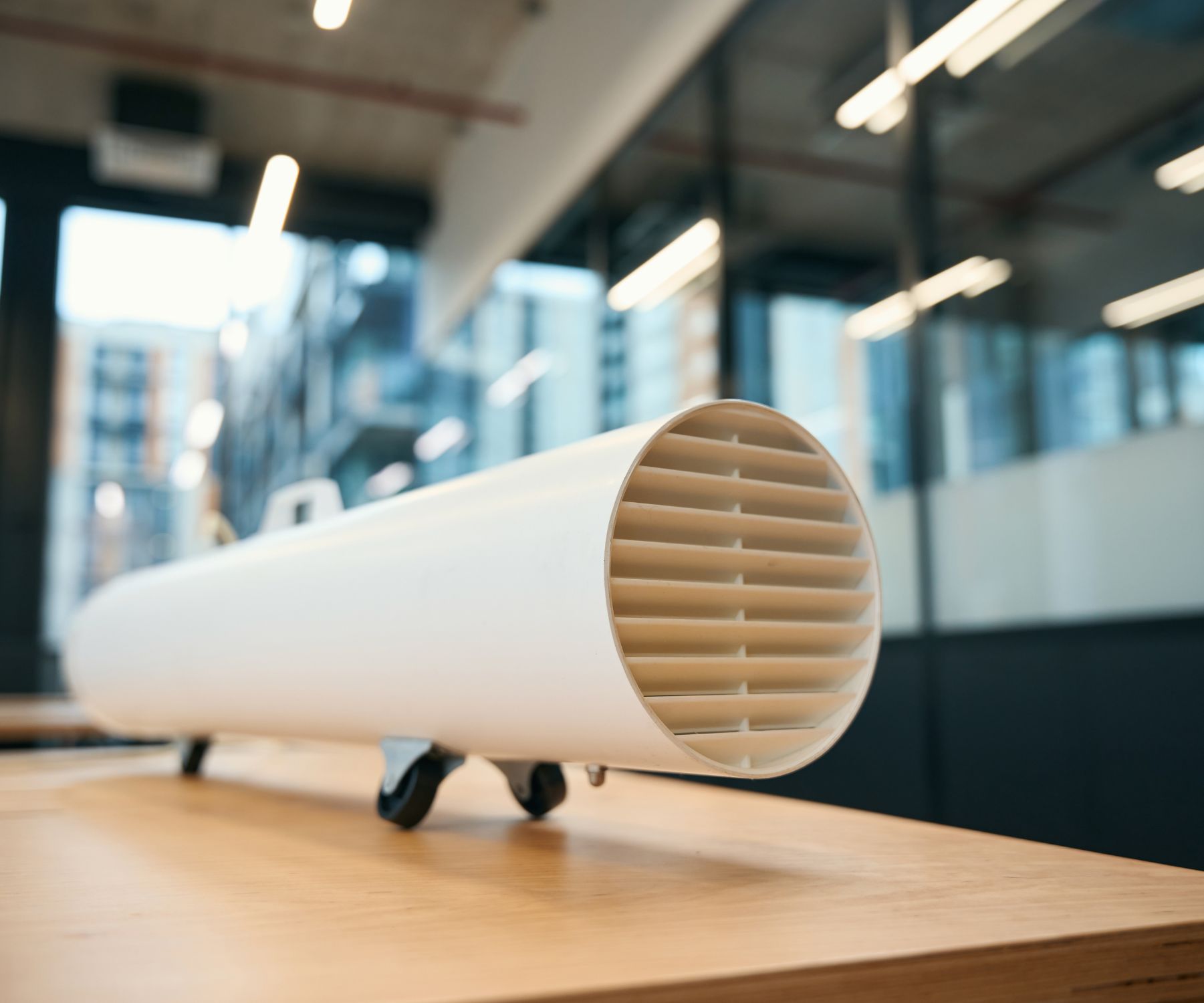
 Do ozone generators remove cigarette smoke odor?
Do ozone generators remove cigarette smoke odor? Ozone Mold
Ozone Mold
 Ozone Generator Applications
Ozone Generator Applications

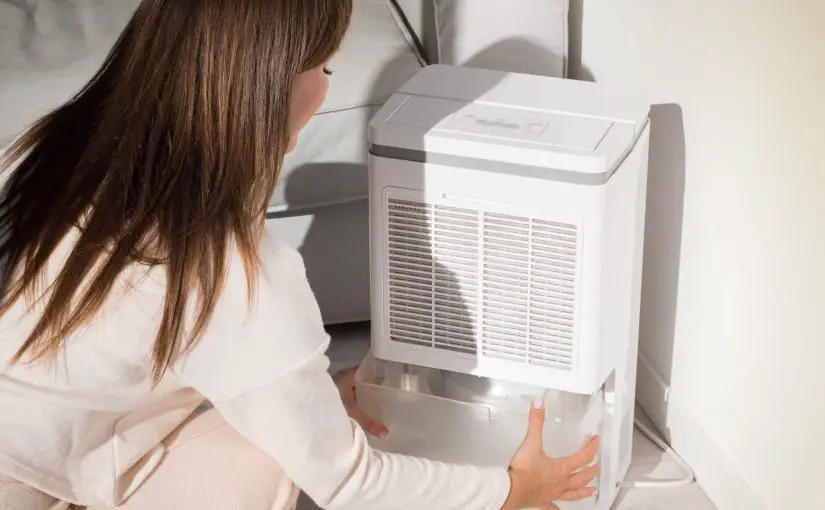
 In the South where I live, the humidity can get so high that you cannot even tell if the air conditioner is running or not.
In the South where I live, the humidity can get so high that you cannot even tell if the air conditioner is running or not.


 Can dehumidifiers cause you to cough?
Can dehumidifiers cause you to cough? Are dehumidifiers safe for pets?
Are dehumidifiers safe for pets?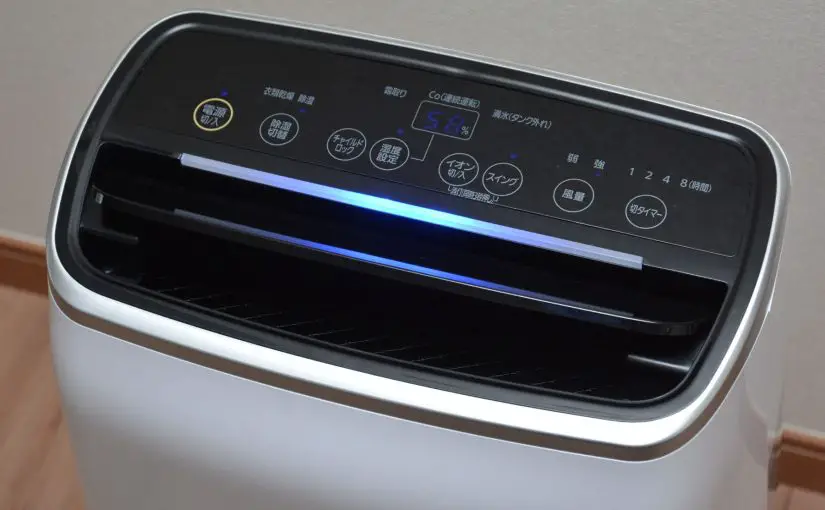







 Yes, air purifiers are generally worth the investment for your home, despite the upfront cost.
Yes, air purifiers are generally worth the investment for your home, despite the upfront cost.  A little further investigation
A little further investigation Are Air Purifiers Worth the Cost?
Are Air Purifiers Worth the Cost?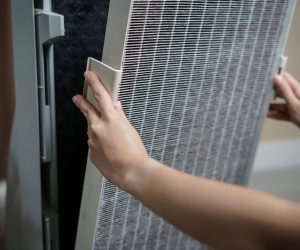 HEPA
HEPA